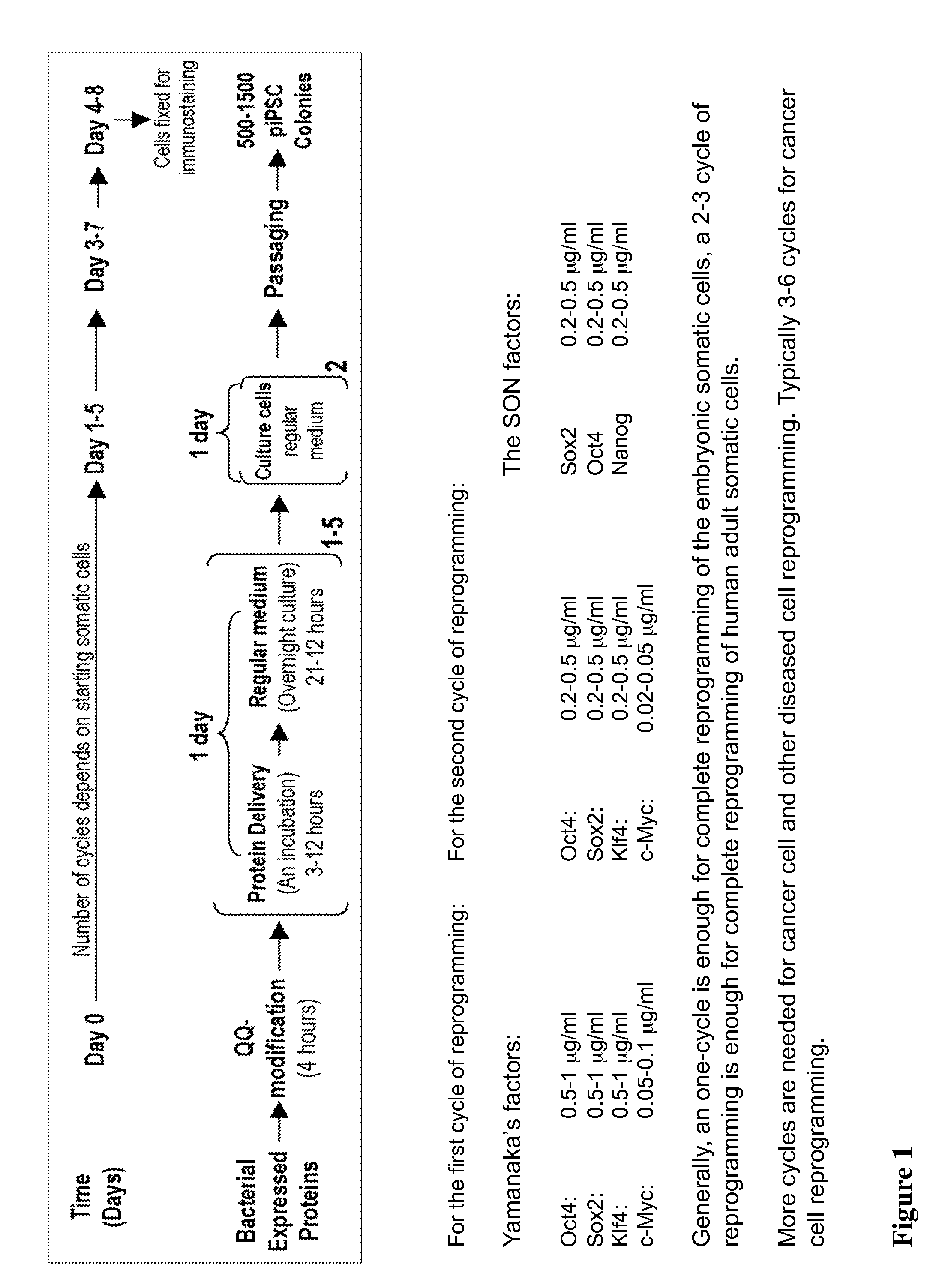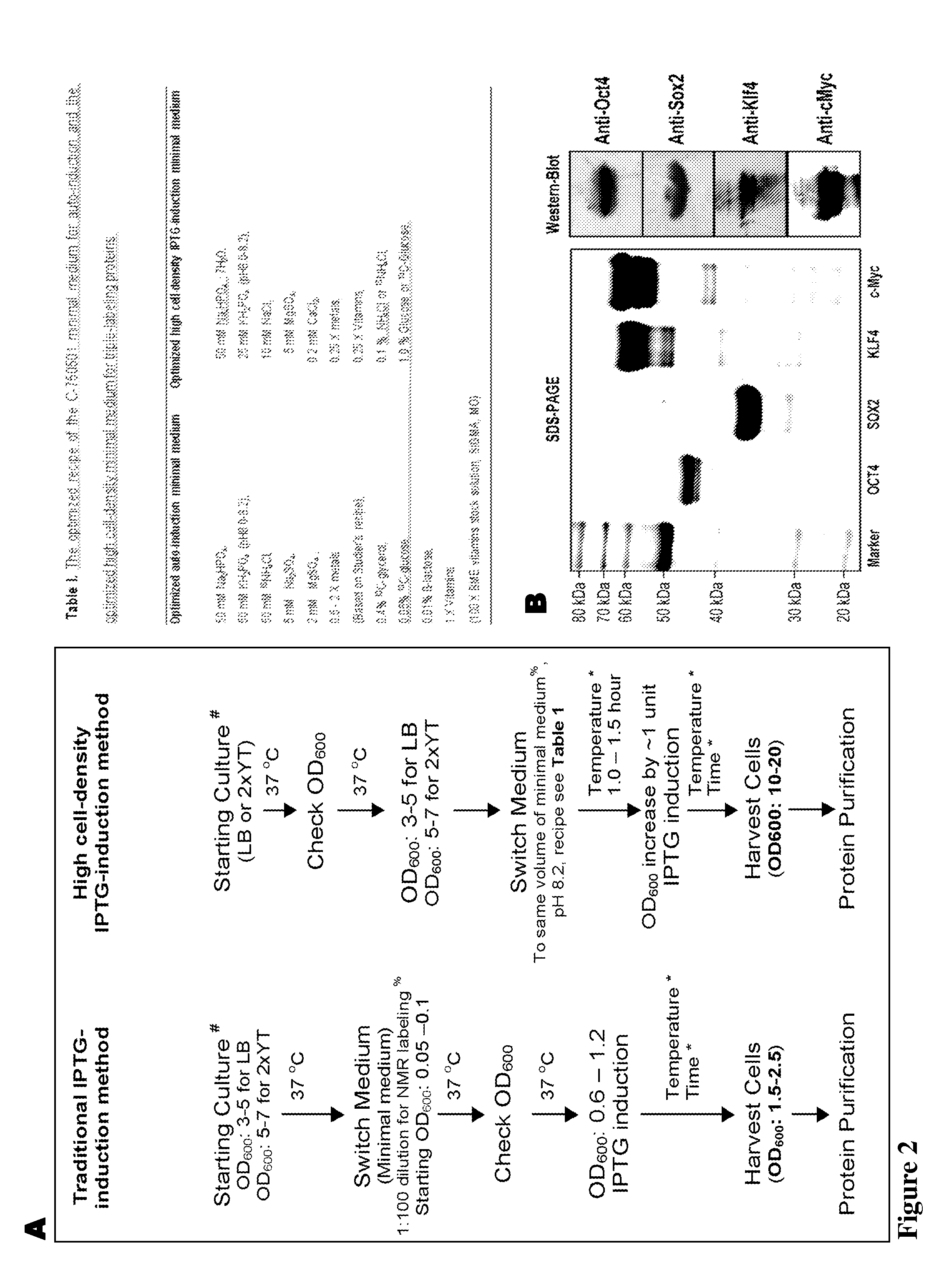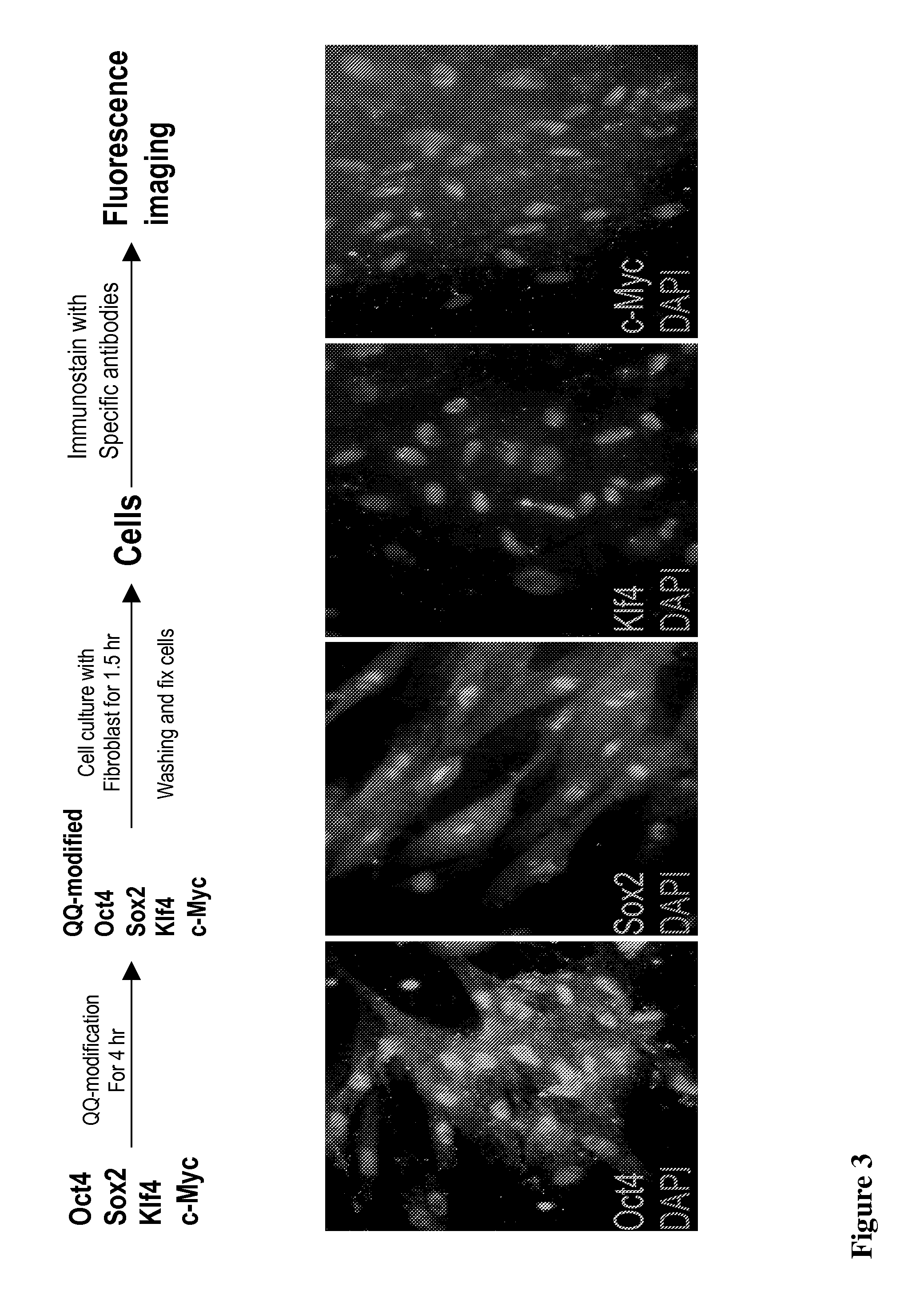With the present state of technology, the creation of a human
embryonic stem cell line requires the destruction of a human
embryo, raising a controversial ethical issue for human ES
cell research.
Since the ES cells used for regeneration
medicine are from human embryos, immuno-rejection will be always a major problem when
transplantation of the ES cells is performed to individual patients for
disease treatment.
The process for culturing ES cells is quite burdensome.
This significantly slows down the ES
cell expansion and may cause higher mutational rate if the selected colonies contain genetic mutations.
The process takes longer and is not as efficient, but the resulting chimeras didn't develop
cancer.
However, the viral
transfection systems used inserted the genes at random locations in the host's
genome and created major concerns for potential therapeutic applications of these iPSCs, because the created cells might be prone to form tumors.
Despite intense worldwide research efforts, the current iPS
cell technology still suffers FOUR major problems: 1. Inefficiency; 2. Time consumption; 3. Complex and expensive; and 4.
Additionally, the current iPS
cell technology, including both
gene delivery and protein delivery, usually takes 4-8 weeks to complete
reprogramming of human somatic cells into iPS cells and requires many cycles of
gene transfection or protein delivery.
This makes the current iPS
cell technology a complicated and expensive technology.
Furthermore, the quality of iPS cells generated by the current iPS cell technology is questionable in terms of resembling human ES cells.
These major technical problems block the translation of iPS cells from its human clinical applications.
The main reason that causes these major problems of the current iPS cell technology is due to the technical challenges of
gene delivery and protein delivery, which suffer low efficiency and hard to control
stoichiometry of the delivered genes with multiple gene / protein delivery.
It is common knowledge that the current
gene delivery technology, including both
virus vector and non-
virus approaches, suffers low efficiency problem for four-
gene delivery simultaneously.
This further significantly reduced the iPS cell conversion efficiency, in order to solve this problem, repeated gene
transfection has been performed to enhance the random probability of nuclear incorporation of delivered genes, which is
time consuming.
Although the CPP-fusion method delivers the reprogramming proteins into the cells, several major drawbacks of the CPP-based protein delivery do exist:(1) The CPP-fusion has a high risk of altering the properties / functions of reprogramming proteins.(2) The CPP has
low protein delivery efficiency.(3) The CPP-delivered proteins are sensitive to
intracellular proteases since CPP is
peptide based, causing degradation of the delivered proteins.(4) The CPP does not have a targeting capability to nuclei for proteins to initiate reprogramming.
These major drawbacks cause extremely low efficiency of
somatic cell conversion into iPS cells (<0.005%).
In addition, it also took a long time for protein initiated reprogramming of
fibroblast cells into iPS cells.
As discussed above, lack of
delivery efficiency, lack of nuclear targeting / random nature of
intracellular trafficking and long process of the current gene and protein delivery technology make it very hard to control the quality of the generate iPS cells.
Unfortunately, it was also observed that at later passages (50-60 passages), the iPS cells display major chromosomal changes as compared with the starting somatic cells, making it impossible to use these IPS cells for human clinical application.
 Login to View More
Login to View More 


